Grow your business with the Discover newsletter
Logistics advice & insights straight to your inbox
Subscribe now

India is either the world's first- or second-most populous country, depending on which population study you read.(1,2) With a fast-growing e-commerce sector, India is an intelligent option for any business looking to expand into new markets.
Using our international trade expertise, we've created a guide to breaking into the Indian e-commerce market. Read on for our exclusive tips for doing business in India—from customs regulations to the latest product trends and consumer habits.
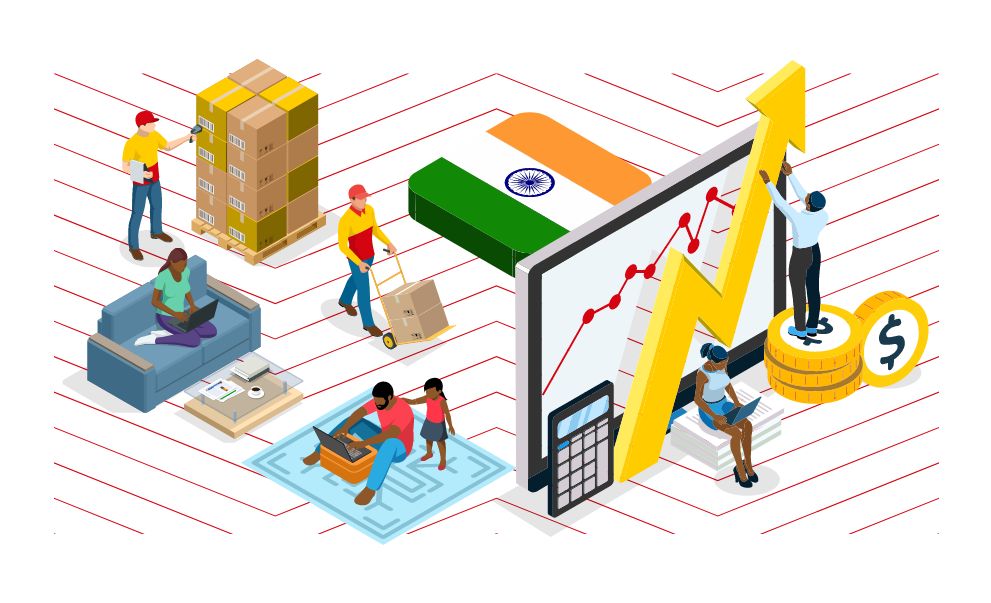
India’s e-commerce market is set to grow between 2023 and 2030(3), 73.7% will be using e-commerce by 2027. E-commerce user will be 57.6% in 2023 and is expected to hit 73.7% by 2027.(4)
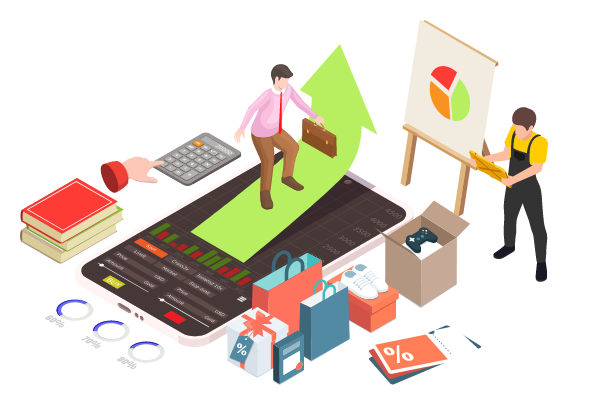
India has one of the world's fastest-growing e-commerce sectors, with a CAGR of 13.91% between 2023 and 2027. Only Brazil, Argentina and Turkey are expected to grow faster. The global average is 11.34%.(5,6)
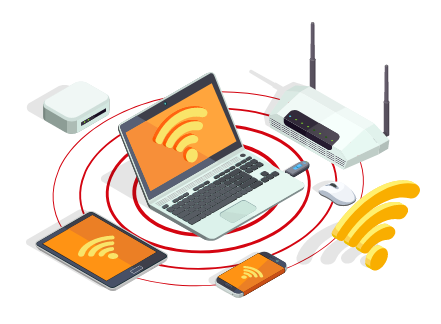
Less than half of India’s population has access to the internet. The global average is 64.6%. However, e-commerce penetration is around 180-190 million and rising fast.(7)
India is growing in every way. Its e-commerce penetration is low compared to other similarly positioned nations, but it's expanding rapidly, making it one of the fastest-growing markets in the world.
The increasing middle class partly drives this; those earning enough to be considered comfortably off and able to afford common retail goods. This middle-class categorization is controversial (how do you define ‘middle class’?) and challenging to measure. Still, some estimates put the number of those fitting the middle-class criteria in India at around 400 million. That's the same as the entire population of South America. In other words, a significant e-commerce audience by any measure.
Data from the DHL Trade Growth Atlas found that alongside the Philippines and Vietnam, India is one of the future trade growth leaders through to 2026.
India has the world’s third-largest e-commerce market, with approximately 210-230 million online shoppers (as of 2021—this number has likely increased significantly since then). But what are these consumers buying? And from which countries?8
Which countries do e-commerce users in India buy from the most?9
Distribution of goods purchased by cross-border import e-commerce users in India as of January 2021, by region of origin:
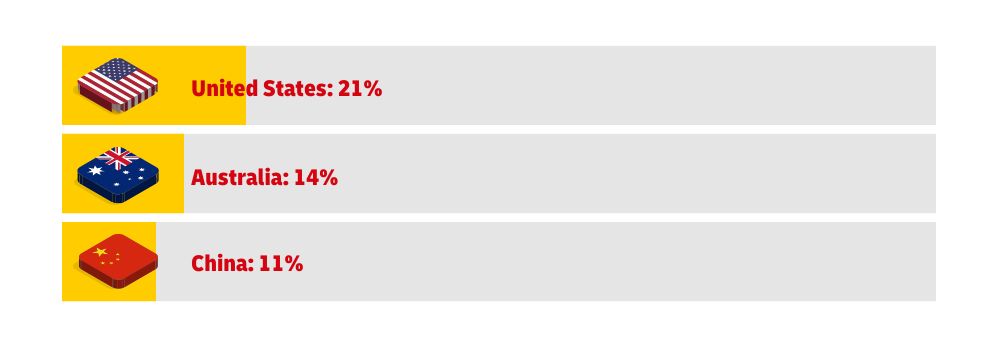
To successfully sell to a new international market, you need to understand local buyers’ behaviors and preferences. These insights can inform your sales and marketing strategies.

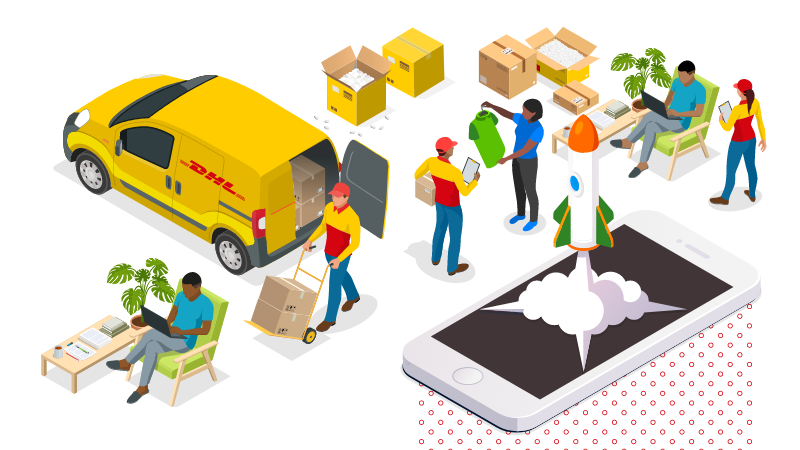
1 billion smartphone users by 2026(11). India had 1.2 billion mobile subscribers in 2021, of which about 750 million were smartphone users. By 2026, India is expected to have 1 billion smartphone users. If India’s smartphone users alone were a country, they’d be the third largest in the world(11). The key lesson: make sure your online store is mobile-friendly.
E-commerce use in India is currently around 57.6%, but this is expected to hit 73.7% by 20274 with the e-commerce market set to grow by 50% between 2023 and 20303
Hundreds of millions of people use online marketplaces every month in India.
Some of the most popular online marketplaces in India include Amazon, Flipkart, Snapdeal, Paytm Mall, Myntra, IndiaMart, and eBay. Amazon is the largest online marketplace in India with more than 295 million visits every month. The only other marketplace on a similar scale is Walmart-owned Flipkart, with 167 million monthly visits. Flipkart specializes in fashion retail.12
1. Amazon.in
2. Flipkart.com
3. Indiamart.com
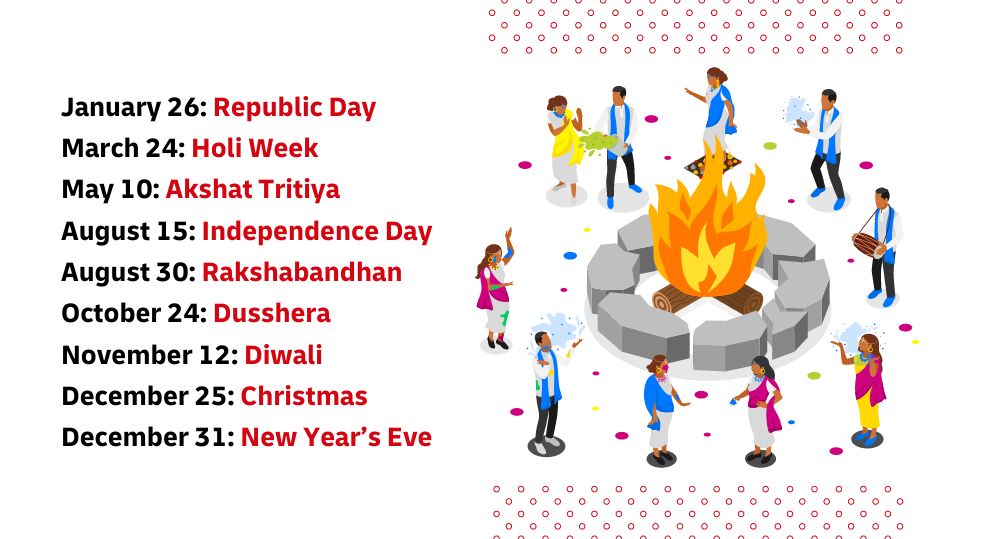
India is rapidly becoming used to online payment systems. In the past, cash on delivery was a popular option, but smartphones and digital wallet systems are growing fast.
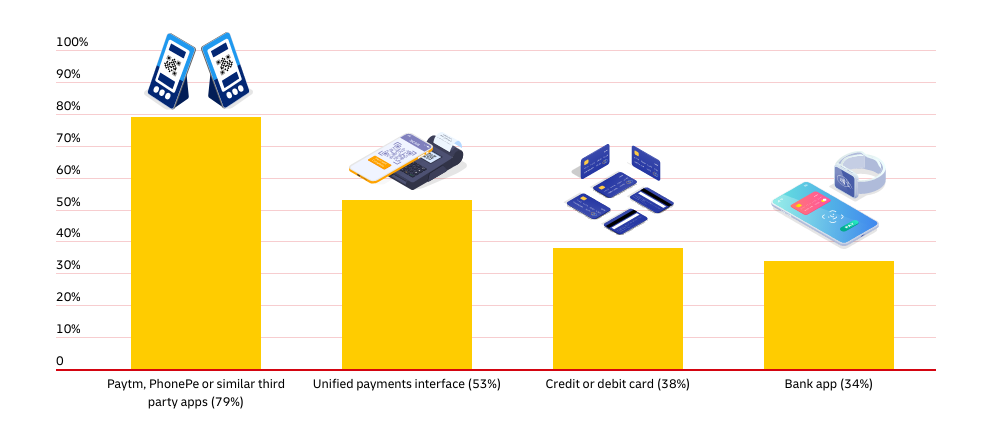
1. Cashfree
2. RazorPay
3. Paytm
4. PayPal
5. PayU
6. CCAvenue
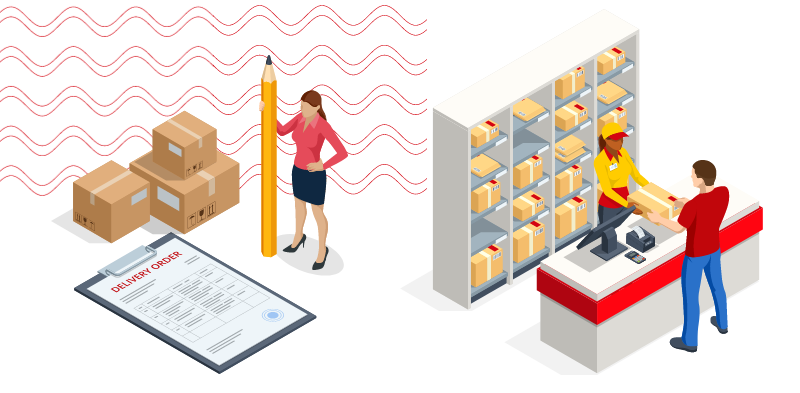
India has strict customs procedures that can be time-consuming and complex. Shippers must provide detailed documentation such as POA (Power of Attorney) and invoices with descriptions, value, and quantity.
Solution:
Shippers need to comply with specific regulations to ensure that their shipments are cleared quickly and efficiently. You can do this by choosing a delivery provider that guides you through the process. DHL’s Trade Automation Service can help. You’ll also need to register with the Directorate General of Foreign Trade.
India has specific regulations governing the importation of certain products, including food, electronics, and medical devices.
Solution:
Shippers need to ensure that their products comply with these regulations to avoid delays, fines, or seizure of the shipment. Visit the Export Promotion Councils website to find out more. As an exporter to India, you’ll need to register with the relevant council. Foreign companies are required to establish an Indian entity with goods and services tax (GST) registration or to partner with a local Indian entity. The Ministry of Commerce and Industry regulates online sales in the Indian market.
India imposes import taxes and duties on many products, which can add to the cost of shipping.
Solution:
You can find more information at the Central Board Of Indirect Taxes & Customs website, for access to a range of customs and excise forms needed for importing goods to India. The DHL Trade Automation Service Tool (TAS) can help manage these quickly and efficiently.
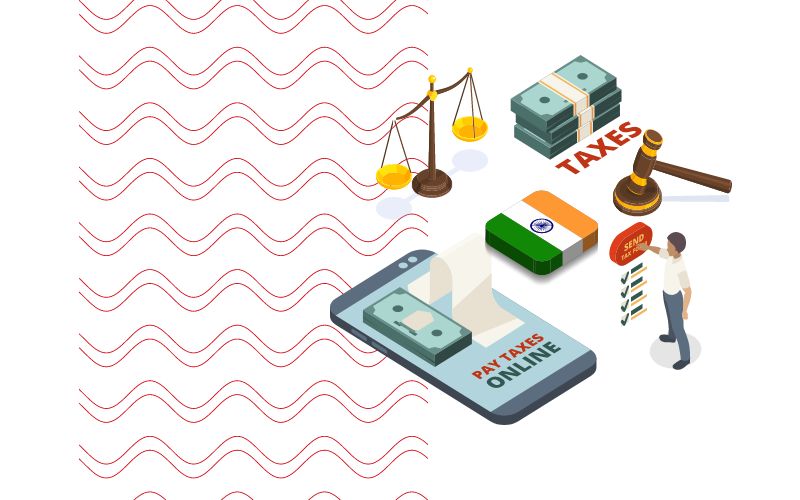
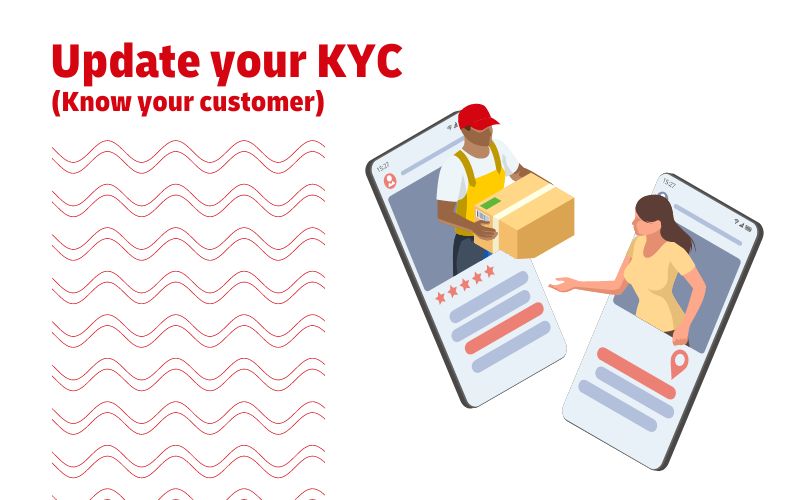
KYC is a mandatory procedure where entities are required to submit documents to verify the identity and address of the receiver. Whether an individual is sending a shipment to India or a company is sending bulk products, KYC documents must be submitted to the logistics carrier.
Since KYC documents should be provided to the customs officials during the import clearance process, the receiver needs to submit them to the logistics carrier before the shipment arrives. If the documents are not submitted at that time, it will not only result in the process of clearance being delayed but can even incur penalties in some cases.
The KYC documents the receiver must submit can be categorized under two groups: proof of identity and proof of address.
You can find out more here.
In this section, DHL's expert on India exports and shipping provides you with the top tips to prepare you to sell to this key market.
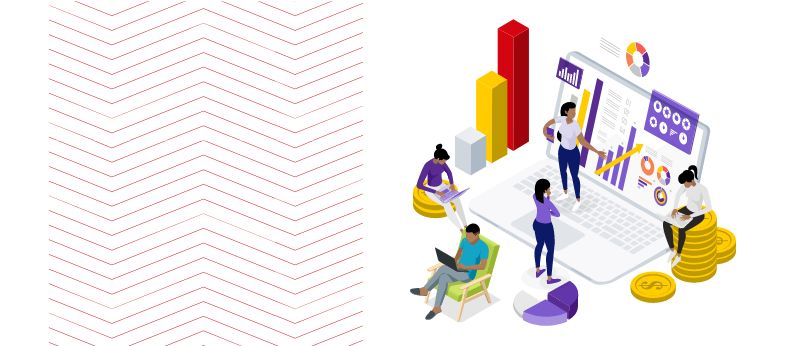
India is a country with diverse cultures and people from different faiths. You should have a clear idea of the demographic of your target audience – including age, budget, which online marketplaces they buy from the most, which social media platforms they engage with, their preferred payment methods.
Generally, e-commerce users are changing in India: women increasingly shop online, with 43% of new online shoppers being women and 57% men in 2021, compared to 32% and 68% respectively in 2015. The 45-year-old and older age group is growing too. It is now the largest cohort for online shopping in India, closely followed by the 25 to 34-year-old group.14
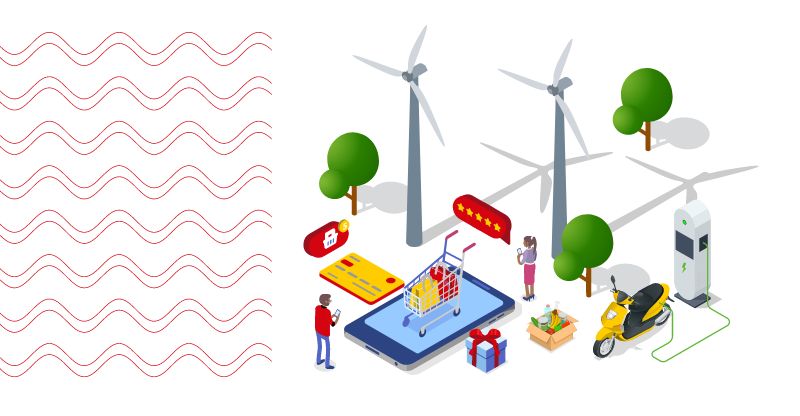
1. Sustainability is a growing priority for consumers
2. Local sourcing and products are popular
3. Consumers are looking for wellness features in products
4. Shopping on mobile/smartphone is rising
5. Social media is a growing influence on buying decisions
Some of the top social e-commerce platforms in India include Meesho (clothing), Flipkart-owned Shopsy (fashion and lifestyle products), and Shop101 (a reseller platform). These platforms allow sellers and resellers to sell products by sharing them on social media sites. Influencer marketing is also a popular strategy. There are several influencer marketing platforms in India that can help connect businesses with influencers, such as Ainfluencer and Confluencr.
As with any other e-commerce market, intuitive online experiences and easy payment options are highly valued by consumers in India. Ease of use and convenience are very important factors for online shopping in India. A study found that ease of use and convenience is the most relevant factor for online shopping for 32% of shoppers.15
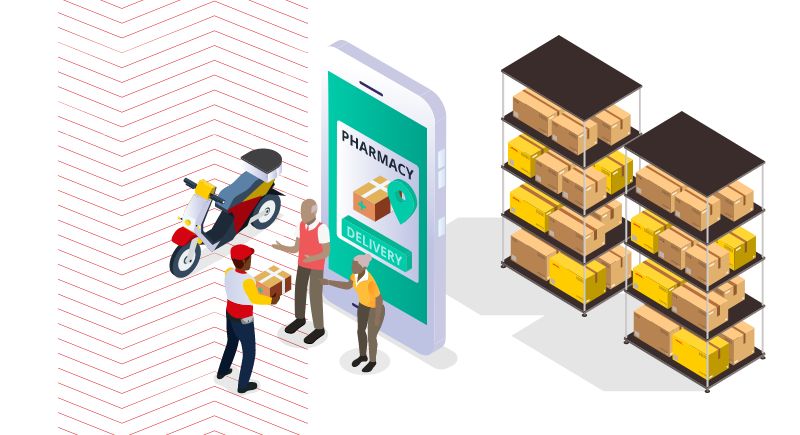
It’s crucial that cross-border businesses work with a logistics provider that has experience and expertise in navigating complex clearance processes to ensure their shipments are cleared quickly and efficiently.
For example, DHL’s DTP (Duty and Taxes Paid, sometimes called Delivered Duty Paid, or DDP) service gives your consumers an easy, hassle-free e-commerce delivery experience. The seller covers all import duties, taxes, and fees associated with shipping the product, allowing Indian consumers to receive their purchases without any additional costs. DHL DTP is a valuable tool to help you expand your presence in the Indian market by providing a hassle-free shopping experience that can help build customer loyalty and strengthen your brand.
Your first stop is opening a DHL Express Business Account for expert international shipping advice and competitive rates.
Apply for an account today